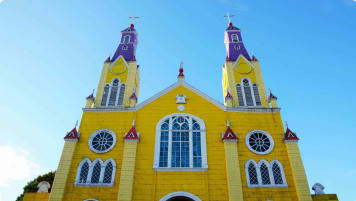An Introduction to the History of Hungary
The foundations of the Hungarian state were established way back in the late ninth century, the story of Hungarian statehood is a complex one. How Hungary came to be is undeniably gripping and allows the keen traveller to further understand the rich culture of the country today.
30 Dec 19 · 9 mins read

History of Modern Hungary
On 23 October, 1989 Hungary became a democratic parliamentary republic. Hungary joined the European Union in 2004 and today it is considered a middle power in global affairs as well as a popular European tourist destination. However, the path leading to this point in history featured many twists and turns and Hungary experienced a twentieth century marred by violence and war. While the foundations of the Hungarian state were established way back in the late ninth century, the story of Hungarian statehood is a complex one. Around 1530, independent Hungary fell to foreigners and it would be many centuries until there was an semblance of peace or security. Hungary’s history from this point is replete with uprisings, battles, wars, temporary declarations of peace, revolutions and assassinations. Although Hungary does bear the scars of such a dark history, the story of how Hungary came to be is undeniably gripping and allows the keen traveller to further understand the rich culture of the country today.
In this article we will examine these aspects of Hungarian history, tracing this history from Hungary’s centuries as a great power to the fall of independent Hungary in 1530 up until the abolition of Hungary’s constitutional independence in 1849. This article is designed to act as a backgrounder for those interested in travelling to Hungary or taking part in any of our Odyssey tours to Hungary, including the Sofia, Bucharest, Budapest Small Group Tour, Habsburg Art and Music Tour and the Oberammergau Passion Play 2020 tour.
Today, Hungary is an increasingly popular travel destination offering a unique and incomparable travel experience. An architectural treasure trove framed by amazing natural scenery, both the cities and the countryside are likely to take your breath away with their beautiful vistas. From art nouveau public buildings to medieval castles and Roman ruins, the story of Hungary is persistently visible. Stroll around the gorgeous Lake Balaton, relax in the Turkish baths, indulge in some hearty Hungarian food and discover some of the country’s hidden gems.
For more articles concerning Hungary, including the history of the Balkans and any questions you might have about travelling there, please click here.

Hungary the Great Power
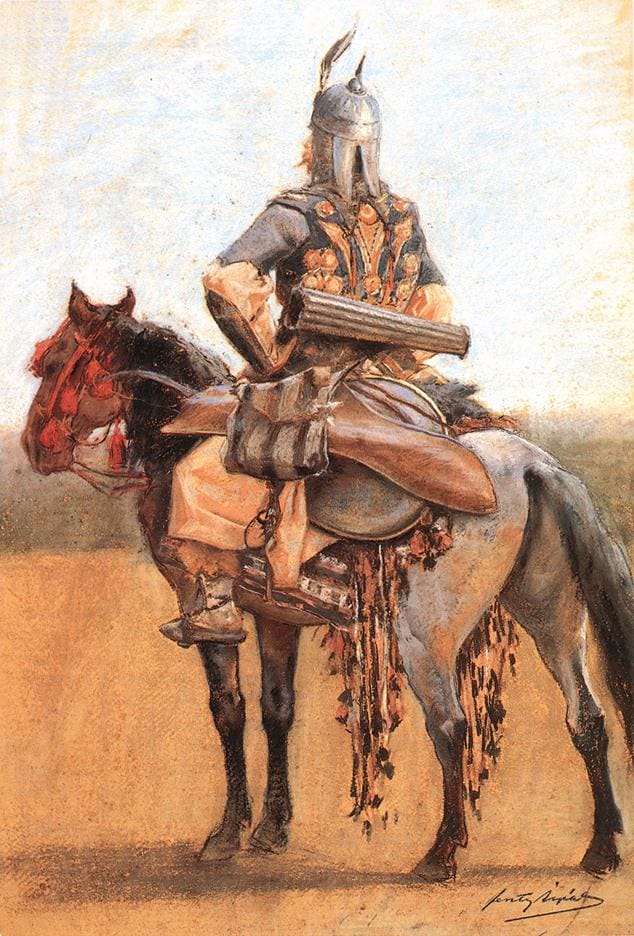
The foundations of the Hungarian state were established in 895 when the Magyars, a Finno-Ugric people, unified and led by Prince Arpad conquered the Carpathian Basin. In 1000, the area became a Christian kingdom and St. Stephen, a descendant of Prince Arpad, was named the Holy Crown of Hungary. With this the structure of the Hungarian state was set up and by 1006, Stephen had eliminated his rivals who either sought to follow the old pagan traditions or wanted an alliance with the Eastern Christian Byzantine Empire. He expanded his region of control and during this time, Hungary was one of the largest states in Europe.
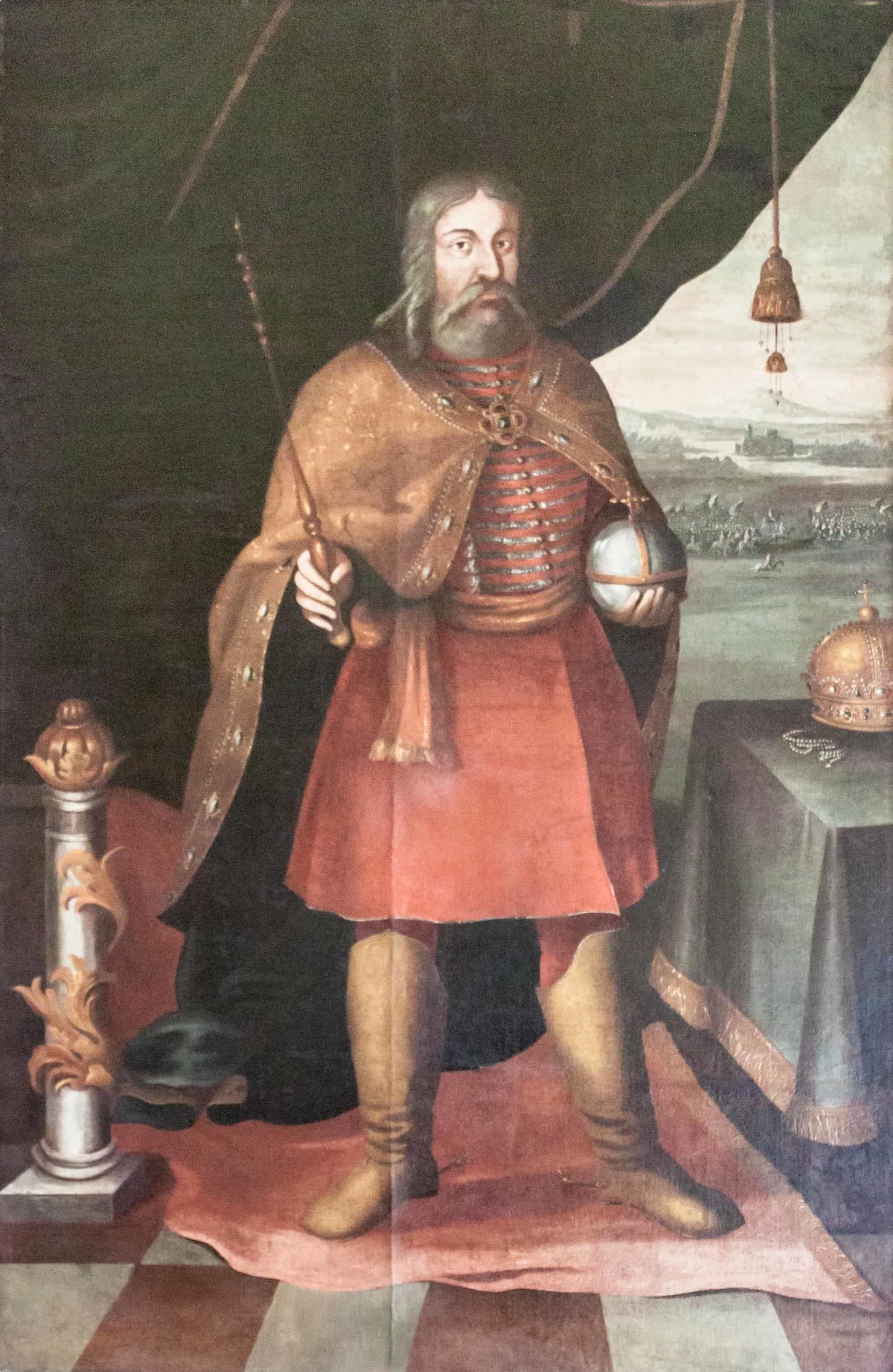
Although there were some years of discord following the death of Stephen I, the reign of Bela III from 1172 to 1192 is considered a prosperous and stable period of Hungary’s otherwise complex and difficult history. Bela III was the wealthiest leader of the Arpad dynasty and it is said that he had the annual equivalent of 23,000 kg of pure silver at his disposable – more than both the French king and the English Crown. He expanded the Hungarian kingdom to both the south and the west, diminishing the power of the Byzantine Empire.
During the Arpad and the Anjou dynasties (from 1301), medieval Hungary generally flourished, despite a devastating Mongol invasion in 1241 which decimated many parts of the country. The last strong Hungarian king was Matthias Corvinus (1458-90), who transformed Hungary into a renaissance hub in Central Europe. Corvinus was many things; a successful military leader, an impressive astrologer, a patron of the arts and learning, an accomplished linguist and a reformist. He was considered a just ruler and he hoped that he could strengthen Hungary, seeking to build a far-reaching realm that could push back against the Ottoman Empire, which was threatening Europe.

The Fall of Independent Hungary
The Ottoman Empire had become the second most populous political state in the world by the sixteenth century but those in power in Hungary were not as aware of the threat of the empire, that was encroaching on Hungary from the south, as they should have been. With Cornivus’ death (he had been childless), policy makers were instead focused on finding a new king and many Hungarian magnates sought a weak king they could control and manipulate. As a result, King Vladislaus II ascended the throne. He would become known as King Dobze (meaning ‘good’ or ‘okay’ when translated into English) because he did as the magnates told him. Under his reign, royal funds were squandered, administrative systems were dismantled, fortresses fell into disrepair and land was expropriated.
This environment angered the working class and set the scene for a peasant uprising in May 1514, led by Gyorgy Dozsa. The revolt was brutally crushed by the nobility, led by John Szapolyai. Many thousands of peasants were tortured and executed, including Dozsa. Out of the uprising, feudal servitude in perpetuity was written into law, codifying the rights and privileges of the barons and nobles.
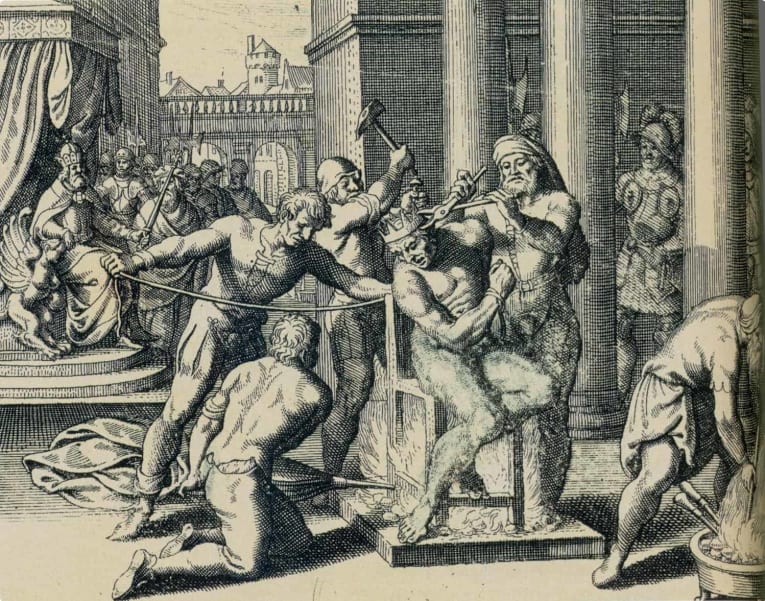
The degradation of order that followed this turn of events created an environment in which the Ottoman Empire could make a decisive move on Hungary. In 1526, the Hungarian army was defeated at the Battle of the Mohacs. The victory of the Turks at the Battle of the Mohacs marked the effective end of the Hungarian monarchy and paved the way for Habsburg and Turkish domination in country. From this decisive battle until the end of the 17th-century, Hungary would find itself dissolved into three parts.

Buda was seized by the Turks and they held the largest part of the country. Northern and Western Hungary recognised the Habsburgs as leaders and Transylvania became an independent principality. When the Turks took over they recognised Transylvania as their vassal but nonetheless an autonomous region.
Transylvania’s Golden Age
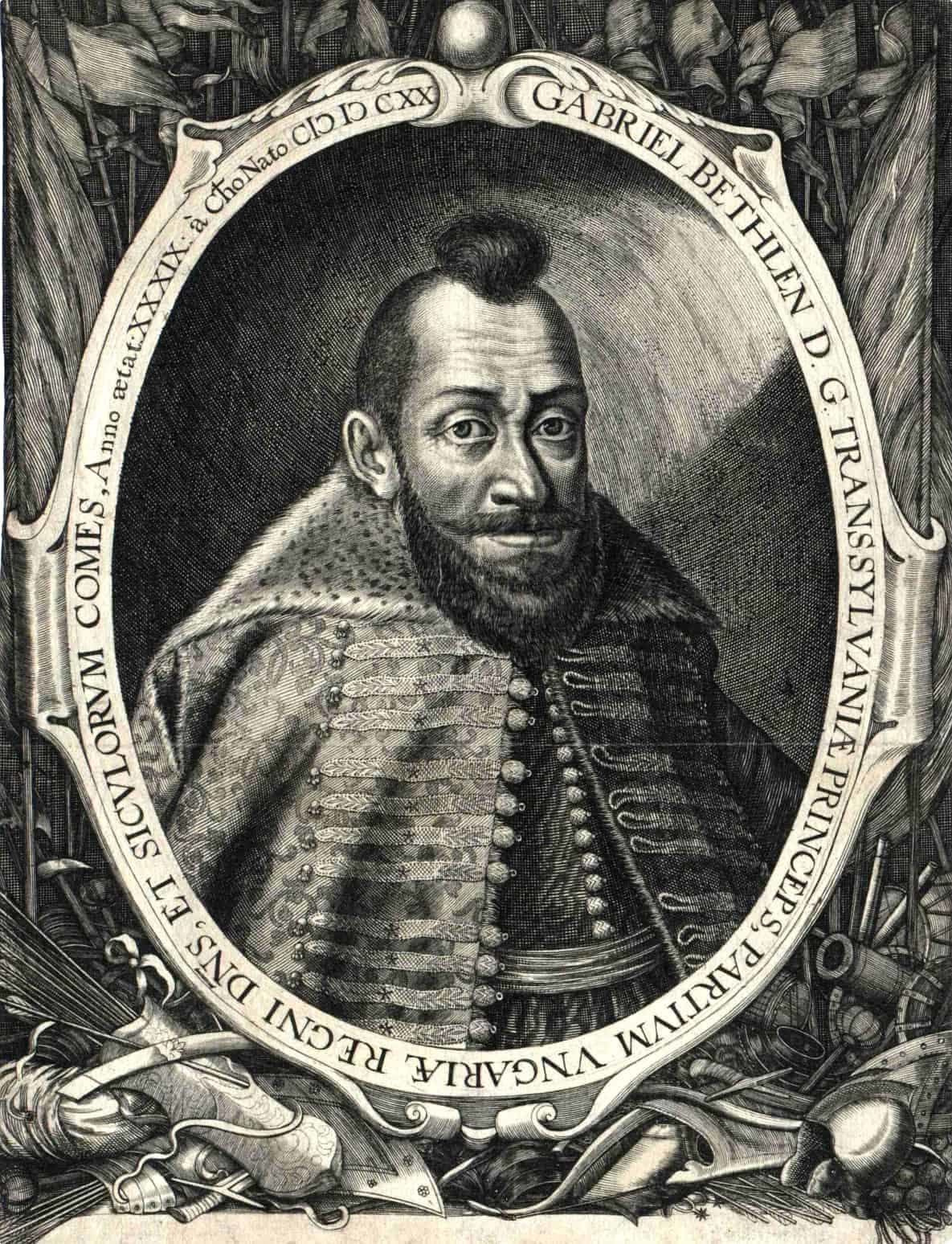
Under the leadership of Gabor Bethlen, the Hungarian prince of Transylvannia, the independent entity prospered. Though Bethlen was considered a despotic leader at home, his control of trade and development of the principality’s resource saw Transylvania’s revenues double. He championed the Protestant cause and waged war on the Habsburg Emperor three times, obtaining confirmation of the Treaty of Vienna for the Protestant cause and the Peace of Nikolsburg. His succesor, Rakoczi, oversaw the signing of the Peace of Linz and together, Bethlen and Rakoczi created a golden era for Translyvania by increasing access to education and keeping Translyvania culture alive. During their reign, Transylvania was one of the few European countries where Roman Catholics, Calvinists, Lutherans and Unitarians lived in mutual tolerance—all officially accepted religions.
However, the golden age soon came to an abrupt end with the defeat of Prince John Kemeny by the Turks and the installation of the weak Mihaly Apafi to the throne. With this, Translyvania became a client state of the Ottoman Empire from around 1661. It would eventually become part of Hungary under the Habsburgs. However, 1687 saw the second Battle of Mohacs, with the Habsburgs and the Turks at war again. The Turks suffered a crushing defeat, losing much of their Hungarian lands. By 1718, the entire kingdom of Hungary was removed from Ottoman rule and the Turks had been expelled by the Habsburgs. The constant warfare between Hungarians and Ottoman Turks had a significant impact on the demographic and ethnic composition of Hungary. Population growth was stunted and the number of ethnic Hungarians was dramatically diminished at the end of the Turkish period, leaving vast stretches of the land underpopulated.Habsburg rule to 1869
The expulsion of the Turks did not mean that Hungary became free and independent, rather it became a province of the Habsburg Empire. Thanks to Emperor Charles VI’s Pragmatic Sanction, which endorsed the line of succession through the female line of the Habsburgs, Charles’ daughter Maria Theresa ascended the throne and after five years of her reign, the Hungarian nobility pledged their ‘lives and blood’ to her at the diet in Pozsony (now Bratislava) in exchange for tax exemptions on their land. This marked the beginning of a period of ‘enlightened absolutism’ that would continue under the rule of Maria Theresa’s son Joseph II (r 1780-90).
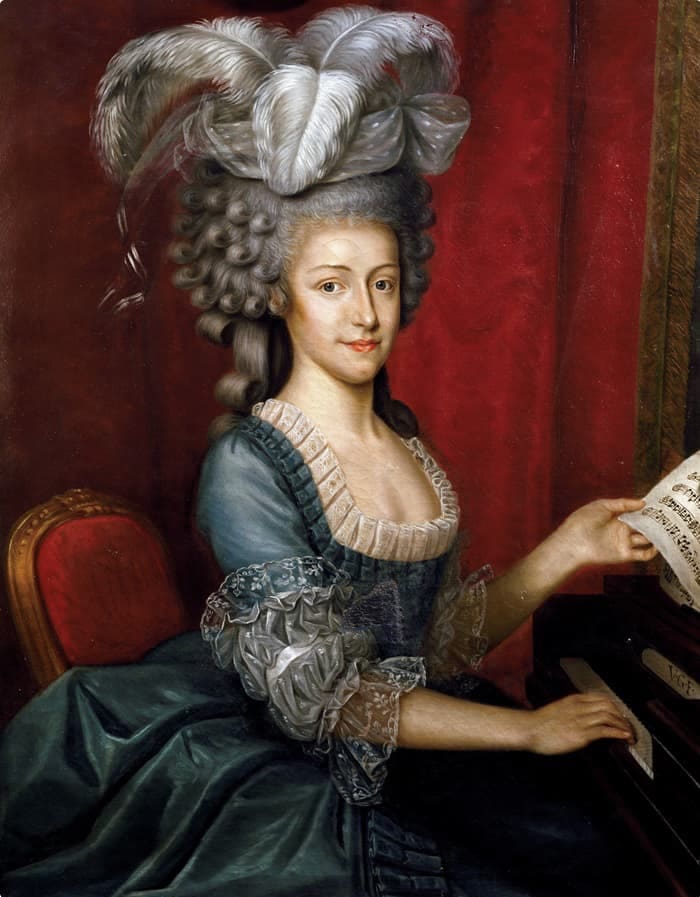
Under both Maria Theresa and Joseph II, Hungary slowly began to recover from the devastation of Turkish occupation. German peasants travelled down the Danube and began to repopulate parts of southern Hungary while depopulated areas in the east and south were settled by Romanians and Serbs. Hungary began to take steps forward both economically and culturally. Joseph II attempted to modernise society by emancipating serfs, improving the lives of peasant and instating German as the official language of the government. However, despite appearing to be a great reformist, Joseph II rescinded all but three of his reforms on his deathbed in 1790.
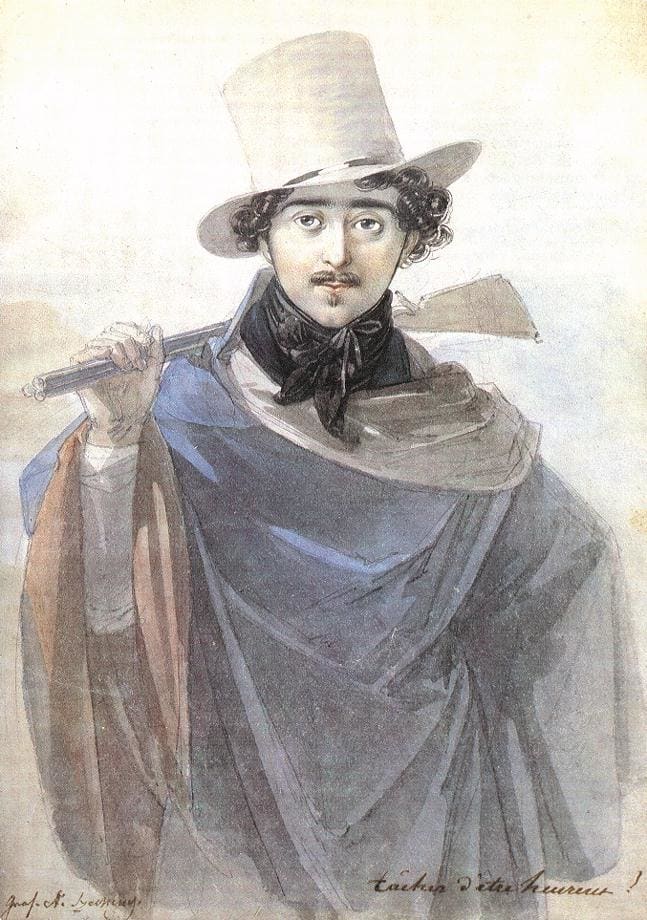
From the end of the 18th century, ideas of nationalism were beginning to take root in Hungary and there was a budding interest in Maygar language, customs and history. Influenced by the Enlightenment and Romanticism, Hungarian intellectuals read about the French Revolution and travelled throughout Europe, bringing these ideas back to Hungary. Meanwhile, Hungary began to develop economically with Pest transforming into a river port. One of the nation’s most prominent statesman, Count István Széchenyi, recognised the need for modernisation and established the Hungarian Academy of Sciences in the national assembly of Bratislav marking the beginning of the Reform Period. This development of ideas and injection of capital would serve as the foundation for the revolution of 1848-49. From 1832, the national assembly began conducting its sessions in Hungarian instead of Latin.
The Habsburg monarchs, sensing the bubbling of nationalism, tried to prevent the industrialisation and liberalisation of the country, imprisoning many reformers including Lajos Kossuth (1802-94), a lawyer and journalist who was the leader of the lower gentry in the Parliament.
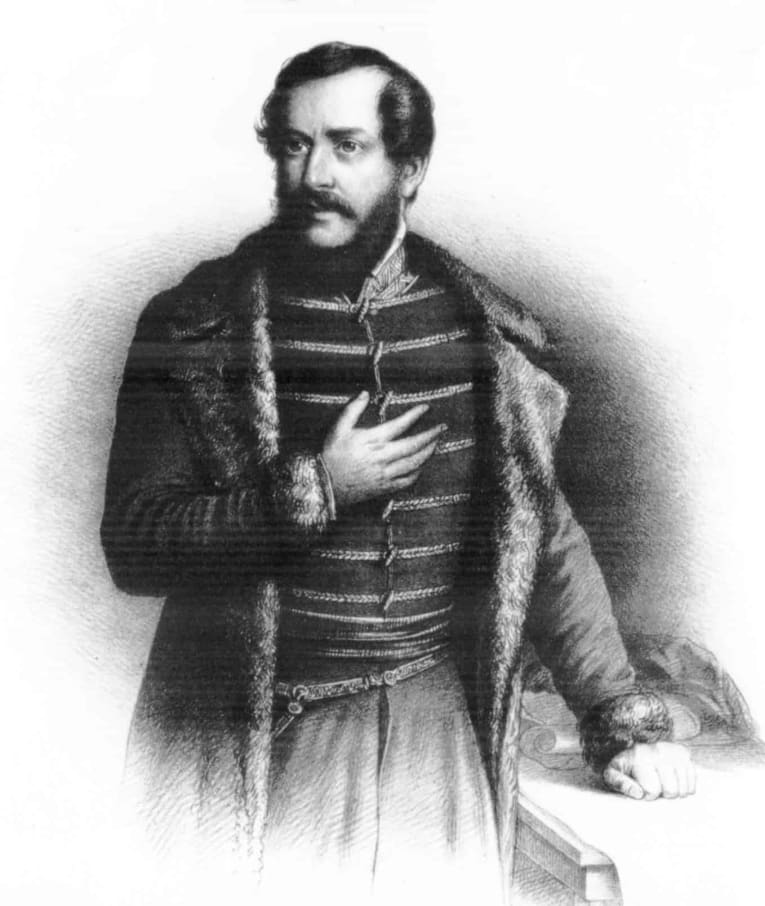
Kossuth would become an important figure in Hungary. He had radical views and it was his attacks on the government that led to his imprisonment in 1837. He was released in 1840 and soon became editor of the Pesti Hirlap and leader of the extreme liberals. He demanded an independent government for Hungary.
The 1848-49 War of Independence
In 1848, the liberal Count Lajos Batthyany was made prime minister of the Hungarian ministry and the Habsburgs agreed to abolish serfdom and proclaim equality under law. However, in September, the Habsburg, who were fast losing patience with the calls for a revolution in Hungary, dissolved Batthyany’s government and launched an attack on Hungary. In response, Hungarians formed a national defence commission and elected Kossuth as provisional governor of the country. The parliament declared Hungary’s full independence the next year, essentially ‘dethroning’ the Habsburgs, who looked to Russia for assistance.
The Russian Tsar, Nicolas I, granted the Habsburgs use of 200,000 troops and 13 August, 1849 saw the Hungarian army capitulate to the Austrian emperor’s and the Russian tsar’s superior forces at Világos. What followed was a series of brutal reprisals and repressions on the part of the Habsburgs. The Martyrs of Arad (Lajos Batthyany and 13 of his generals) were executed and Kossuth went into exile in Turkey. The constitutional independence of Hungary was abolished and Austrian customs and laws were introduced, while all laws adopted in 1848-49 were declared invalid. Castles and fortifications around the country were systematically destroyed by Habsburg troops to prevent them being used by Hungarian rebels.
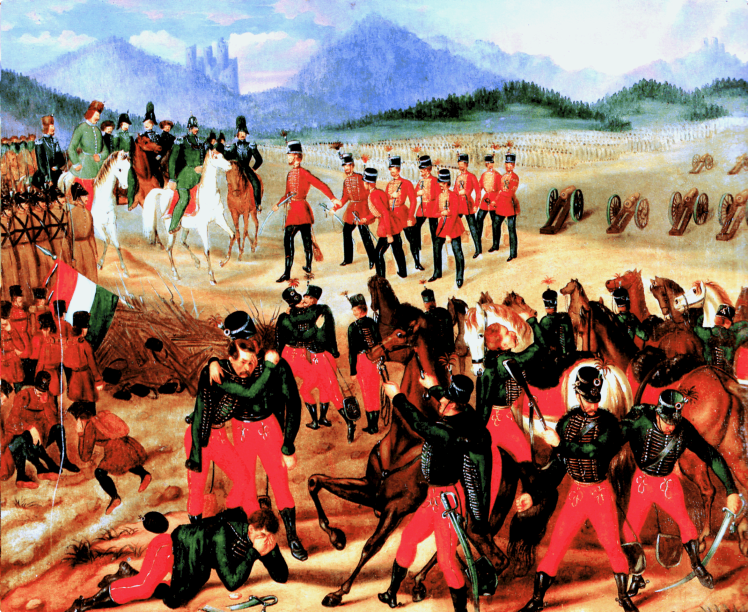
A revolutionary decade would follow but we will revisit the Austro-Hungarian Empire and the impact of the world wars on Hungary in a future article. What is certain is that Hungary’s tumultuous history was far from over with this turn of events but despite failures and setbacks, Hungarian nationalism, culture and language still burned bright amongst Hungarians. While independence of any kind was still far off, the desire of Hungarians to retain their culture was clear. If this article has sparked your interest in Hungary and you’re interested in discovering more, please take a look at our Hungary tours that visit this fascinating country.

There is much to love about Hungary today. Budapest is one of Europe’s most beautiful cities and around the countryside you will find castles and palaces to explore as well as beautiful natural landscapes. As well as museums, landmarks and thermal baths to explore in Budapest, there are hidden gems such as the university town of Pecs and quaint villages around Lake Balaton, Hungary’s largest freshwater lake.
Articles about Hungary published by Odyssey Traveller
- Questions about Hungary: The Definitive Guide for Travellers
- The Balkans: the Influence of the Land on its People
- Eight Amazing Rail Journeys
For all the articles Odyssey Traveller has published for mature aged and senior travellers, click through on this link.
External articles to assist you on your visit to Hungary
Related Tours
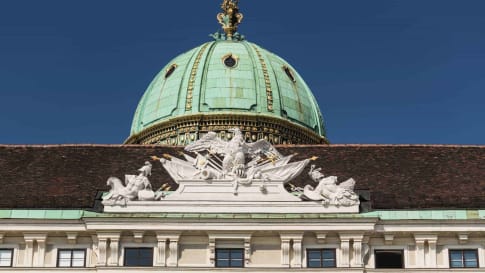
22 days
AugHabsburg Art and Classical Music small group Tour
Visiting Austria, Czech Republic
From the mediaeval jewel of Cesky Krumlow to the grandeur of the Habsburg’s summer palace in Vienna, our small group will embark on a 21 night journey to learn about these vibrant and artistically rich cities. We delve into the history of the famous artists, musicians, writers, architects and composers from Austria, Hungary, Poland and the Czech Republic.
From A$15,245 AUD
View Tour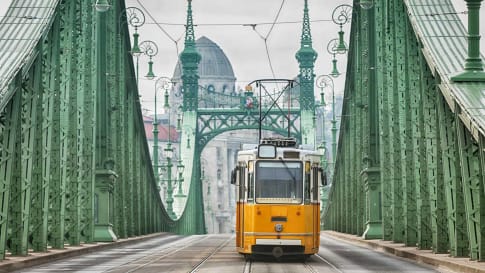
23 days
SepSofia, Bucharest and Budapest | Small Group Tour
Visiting Bulgaria, Hungary
Bulgaria and Romania have been at the crossroads of civilisations for centuries. This is a small group tour from one of the best small group tour companies for Europe, whose trips each day, select destinations from local guides that provide authentic experiences for our guests who are on holiday.
From A$13,995 AUD
View Tour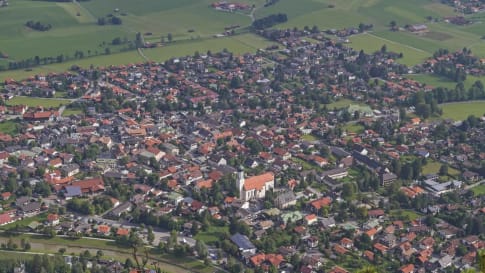
days
MayOberammergau Passion Play 2022 & the Habsburg cities
Visiting Austria, Czech Republic
Enjoy the authentic experience of the Oberammergau passion play on this escorted tour with one of the best small group tour companies in Europe. Our destinations and itineraries provide small group journeys for like minded people. For solo travelers a minimal single supplement applies.

